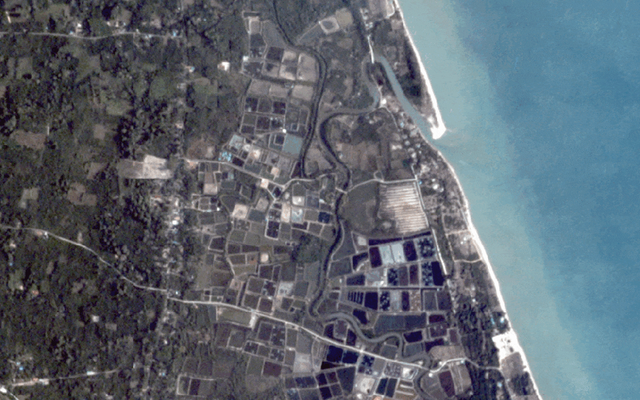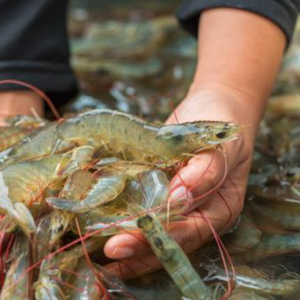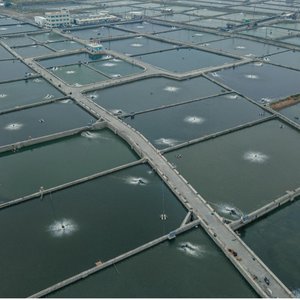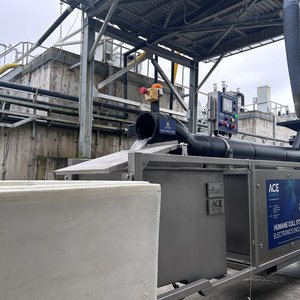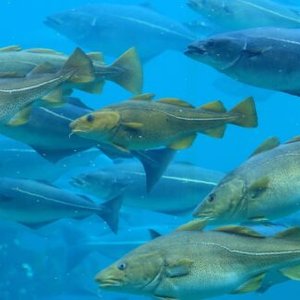Thai Union partnered with Sea Warden (a satellite data analytics company) and Wholechain (a supply chain traceability company) to begin piloting the use of satellite imaging for shrimp farming operations.
As one of the world’s largest seafood producers, Thai Union seeks to encourage the use of innovative technologies to promote sustainable seafood production. The main goal of the pilot was to generate Key Data Elements (KDEs) for shrimp farms that are automated, independently verifiable and cost effective. Integrated with traceability technology, the KDEs collected through satellite imaging have the potential to support sustainable farming practices through insights into shrimp populations, farm health, contamination and more.
Satellites have imaged the earth for more than 50 years to the benefit of many industries including agriculture, forestry and wild capture fisheries, but it is still an emerging technology within aquaculture. In recent years, certain KDEs have been promoted widely by sustainability and traceability advocates within the seafood industry to address the lack of data available to importers/retailers/consumers in order to make more responsible purchasing decisions. Sea Warden and Wholechain have worked closely on creating a list of KDEs that cross-reference those attainable through satellite observation with those required by the Global Dialogue on Seafood Traceability (GDST), Best Aquaculture Practices (BAP) and the Aquaculture Stewardship Council (ASC), as well as additional KDEs that represent opportunities for substantiating Environmental, Social and Governance (ESG) targets for seafood industry stakeholders.
Thai Union believes aquaculture insights from satellite observation are a promising way to reduce risk and reach sustainability targets - challenging goals for any company sourcing shrimp from many farms and countries. According to Adam Brennan, group director of sustainability for Thai Union, “accessing reliable information for shrimp farms across wide geographies can be both challenging and expensive. We see exciting potential in the use of satellite imaging to improve our transparency, assess risk and monitor the performance of our shrimp farms. We will continue to explore ways to use satellite technology as it continues to evolve.”
During the pilot, Sea Warden applied machine learning and artificial intelligence techniques to generate KDEs based on 24 months of historic production activity at multiple shrimp farms within Thai Union’s network. In a demonstration of the integrated capabilities, Wholechain transferred the KDEs through Thai Union’s supply chain along with the insights report from Sea Warden.
Thai Union believes satellite-derived aquaculture insights are a promising way to reduce risk and reach sustainability targets. The group views satellite technology as a route to improving access and efficiency for sharing farm-level data with certification bodies, retailers, and even consumers.


